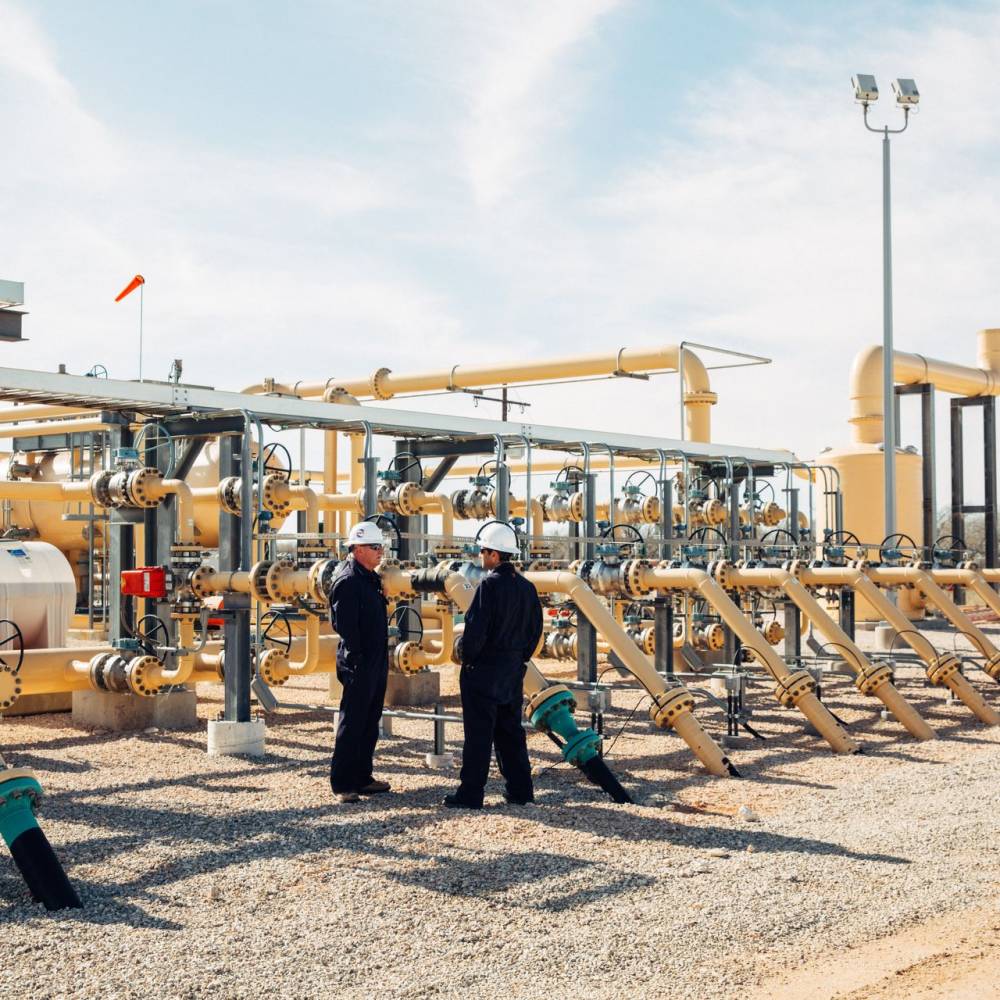
Crude oil price week trading started with a new rise, especially after Saudi Arabia raised its selling price of crude oil in Asian markets and in the United States, a sign of optimism about the global demand for crude oil, especially in the short term.
The rise in crude oil prices is backed by a setback in international negotiations with Tehran, which rejects Iran’s crude oil exports to the market sooner rather than later, shifting from a relatively declining corona virus to a fear of favorable factors and consequences.
Oil analysts said in an interview with Al-Eqtisadiah that the decision by “OPEC +” had absorbed market tensions and that “OPEC +” was ready to retire from previous panicked sales. Continuing information on the handling of all scenarios and the development of the crisis variable “Omigron” situation while monitoring and retrieving more data.
They said demand in Asia, such as China and Japan, had declined after the previous hike due to the winter, while government restrictions on Chinese private refineries and planned crude oil reserves were fueling a weakening sentiment in the oil market.
Robert Stehrer, director of the Vienna International Institute for Economic Studies, says fears about “Omigron” are relatively low and demand is rising. Demand may be eliminated in the coming weeks.
Asia demand is still strong, with Saudi Arabia raising sales prices, and international reports pointing out that Indian demand is still the only bright spot in Asia, pointing to Saudi Arabia’s strong hope that demand will remain consistent despite the corona virus crisis. .
For his part, Rudolf Hooper, a researcher on energy affairs and director of a specialized website, confirmed that the “OPEC +” alliance radiated a positive mood in the market because of its indifference to “Omicron” and its adherence to its inclusion. With the participation of 23 crude oil producing countries, the monthly production increase of about 400 thousand barrels for the month of January (January).
He pointed out that the “OPEC +” alliance expects the oil market to become surplus from the supply deficit by the beginning of 2022, stressing his hope that the monthly increase will not hamper efforts to restore balance and stability in the oil market. Brent crude has fallen 15 percent since late November.
For his part, Matthew Johnson, a researcher at the international consulting firm Occera, said, “After a series of severe losses due to the discovery of crude oil, demand has risen again due to the optimism.” He said he was adjusting his approach to the trend, especially with Aramco CEO Amin Nasser, who said he was “very optimistic about the demand” and that the market may have overstated its reaction to the “Omicron” variable.
In turn, Nyla Hengstler, director of the Middle East Department at the Austrian Federal Chamber, explained that crude oil prices were positively motivated to return to the pace of gains with the announcement of Aramco’s official selling prices. The engine components for the oil markets and often lead the pricing trend in the region, pointing to the Saudi Arabia-led “OPEC”, which maintains a positive demand outlook despite the impact of adverse factors related to the epidemic situation.
He confirmed the oil jump after opening the door to reverse its decision to increase production in line with the “OPEC +” consortium market developments, and the impact of the “Omicron” variable from the corona virus is largely uncertain. The market situation is still volatile and it is difficult to estimate the short-term supply and demand balance due to the new strain and the release of strategic crude oil reserves of the United States and several major economies of the world.
Saudi Arabia, the world’s largest oil exporter, raised the price of crude oil sold to Asia and the United States in indirect talks between the United States and Iran, pushing up the price of oil by more than a dollar a barrel yesterday. Reviving the nuclear deal seems like a stumbling block.
Brent crude for February delivery was up $ 1.39 or 2 percent at $ 71.27 a barrel during trading yesterday, according to Reuters.
US West Texas Intermediate crude futures rose $ 1.40 or 2.1 percent to $ 67.66 a barrel.
Yesterday, Saudi Arabia raised the official selling price of Arabian light crude oil for Asia and the United States by 80 cents in January compared to the previous month.
On the other hand, “OPEC” crude rose to $ 71.61 a barrel on Friday from $ 70.03 a barrel the previous day.
The daily report of the Organization of the Petroleum Exporting Countries (OPEC) yesterday said that the price of the basket, which includes the average 13 crude oil prices from the production of the member countries of the Organization, has reached its first rise since the previous collapse. The basket lost about ten dollars compared to the same day last week, of which it was on record. $ 81.31 a barrel.

“Award-winning beer geek. Extreme coffeeaholic. Introvert. Avid travel specialist. Hipster-friendly communicator.”






